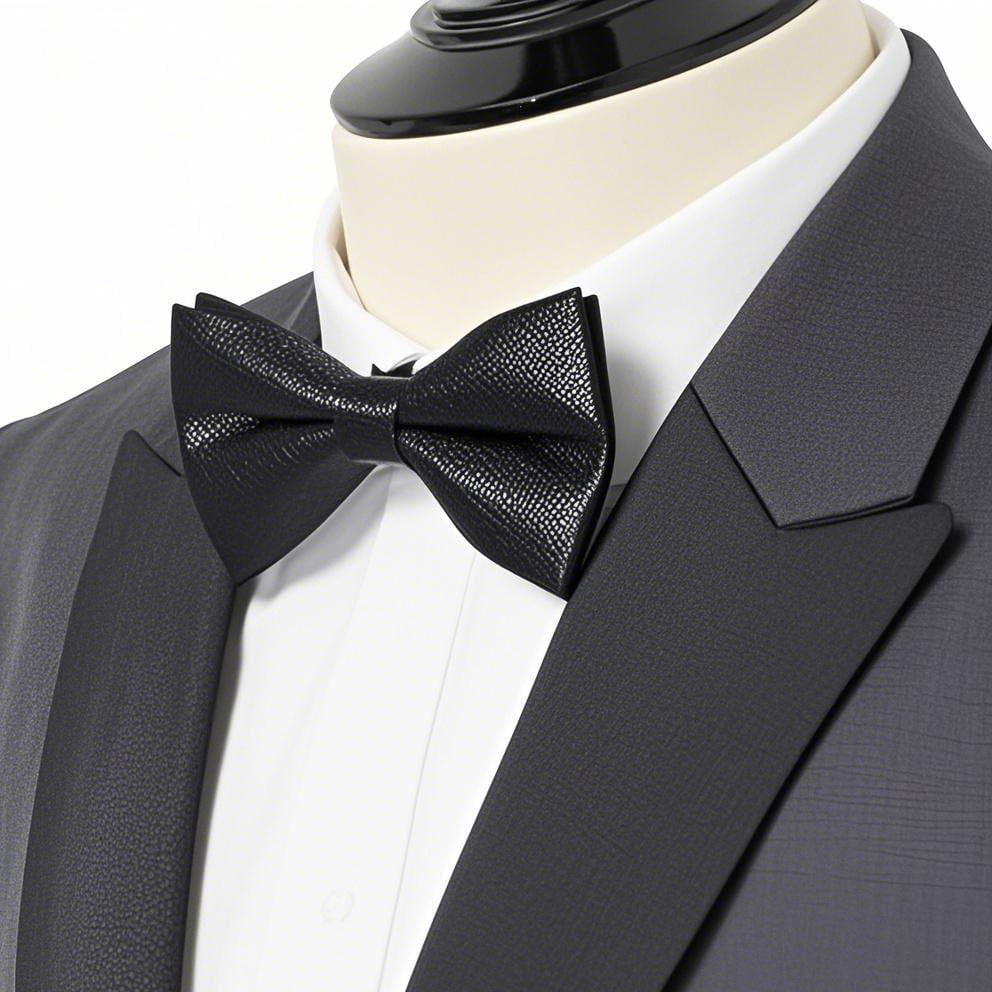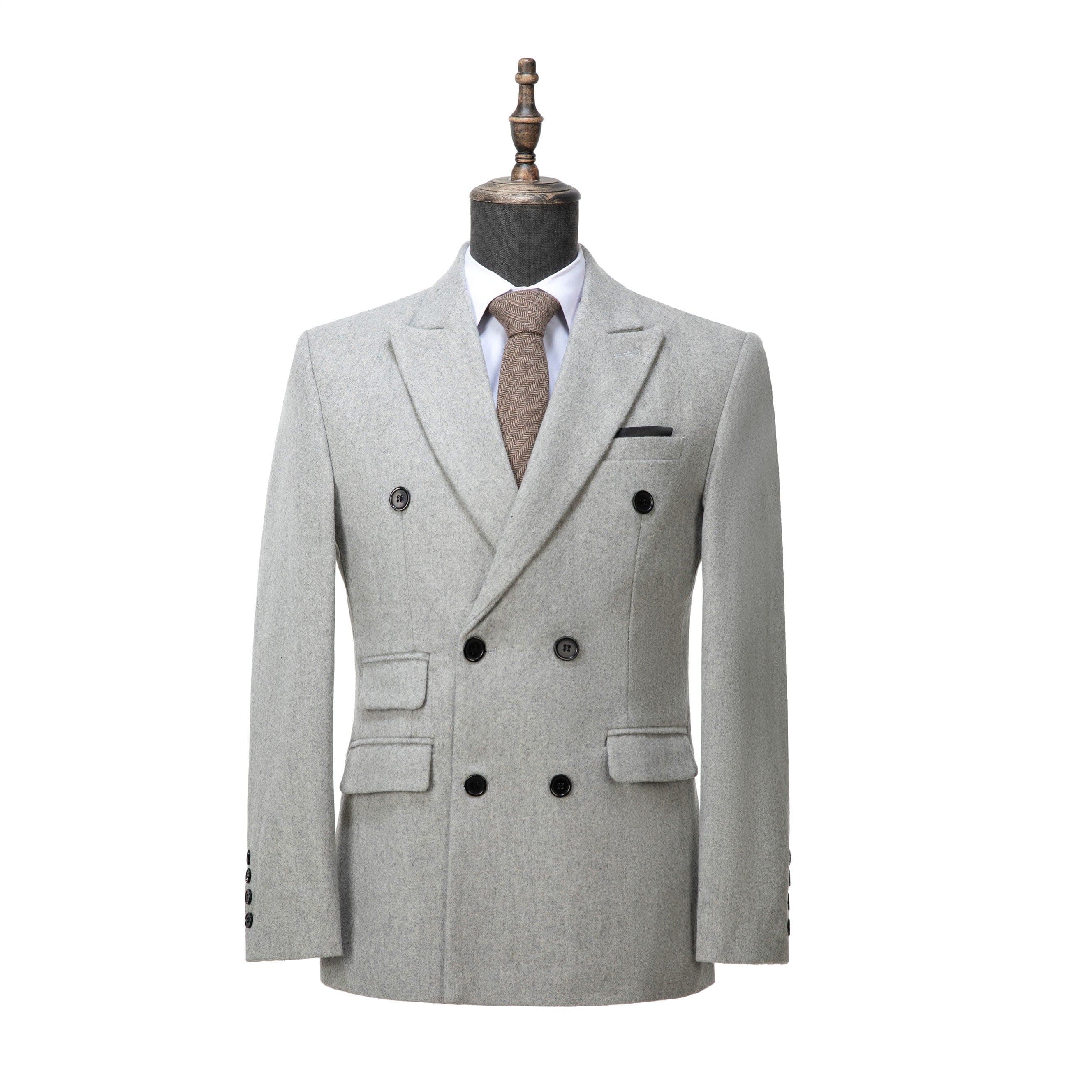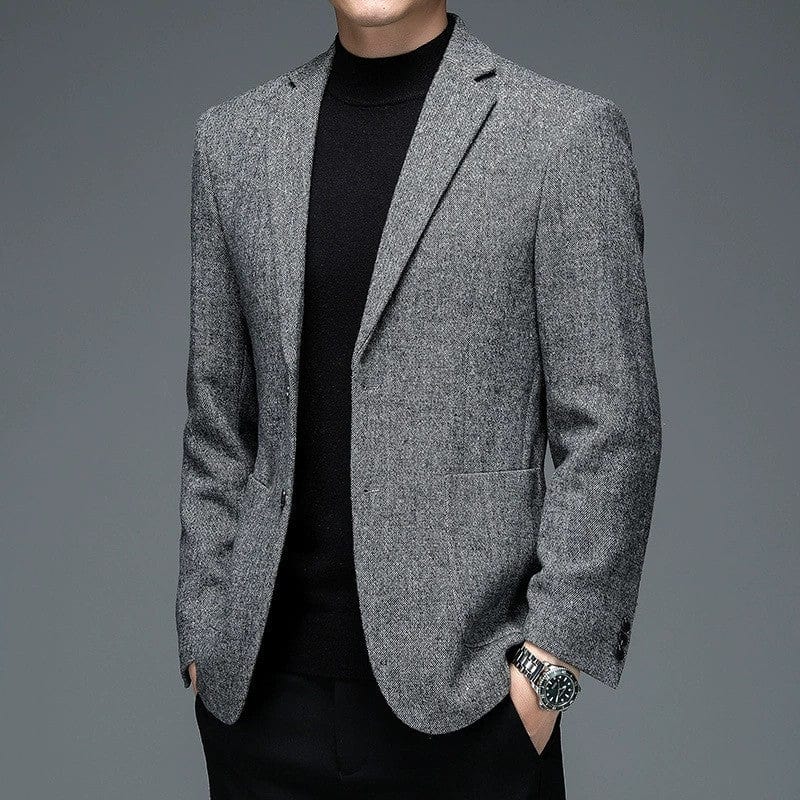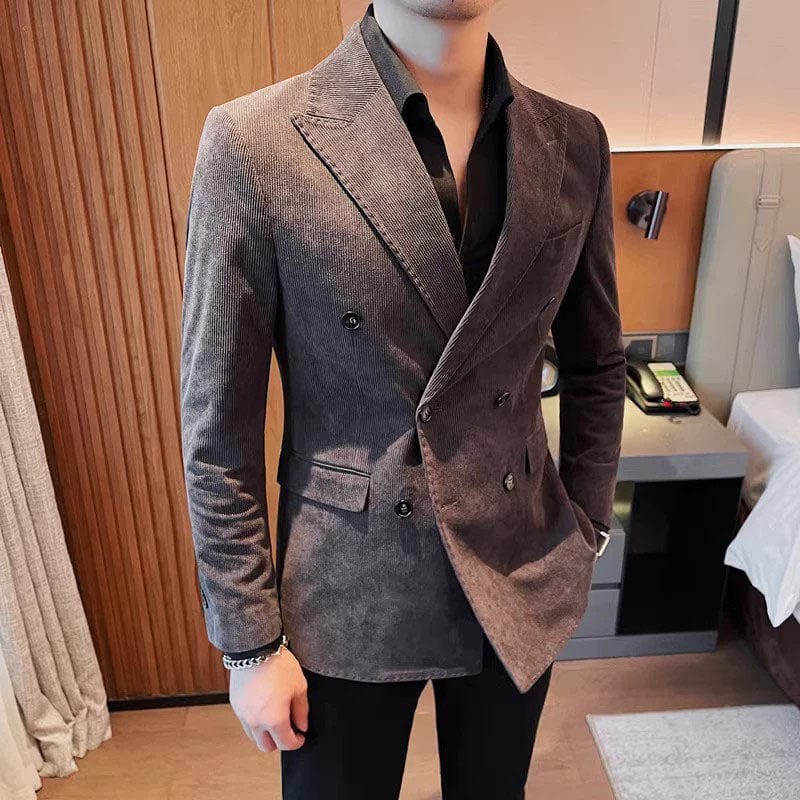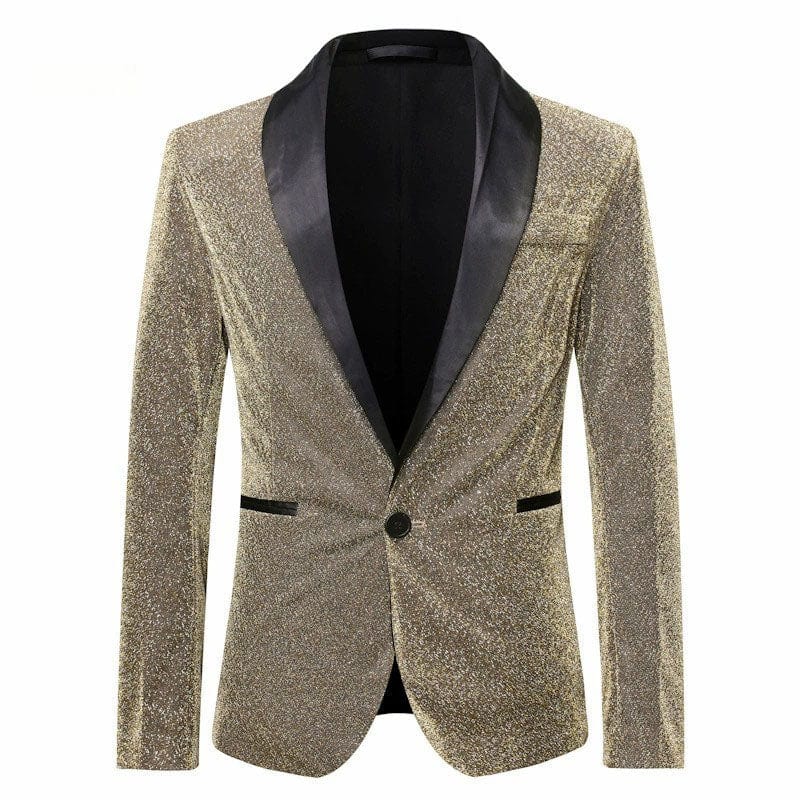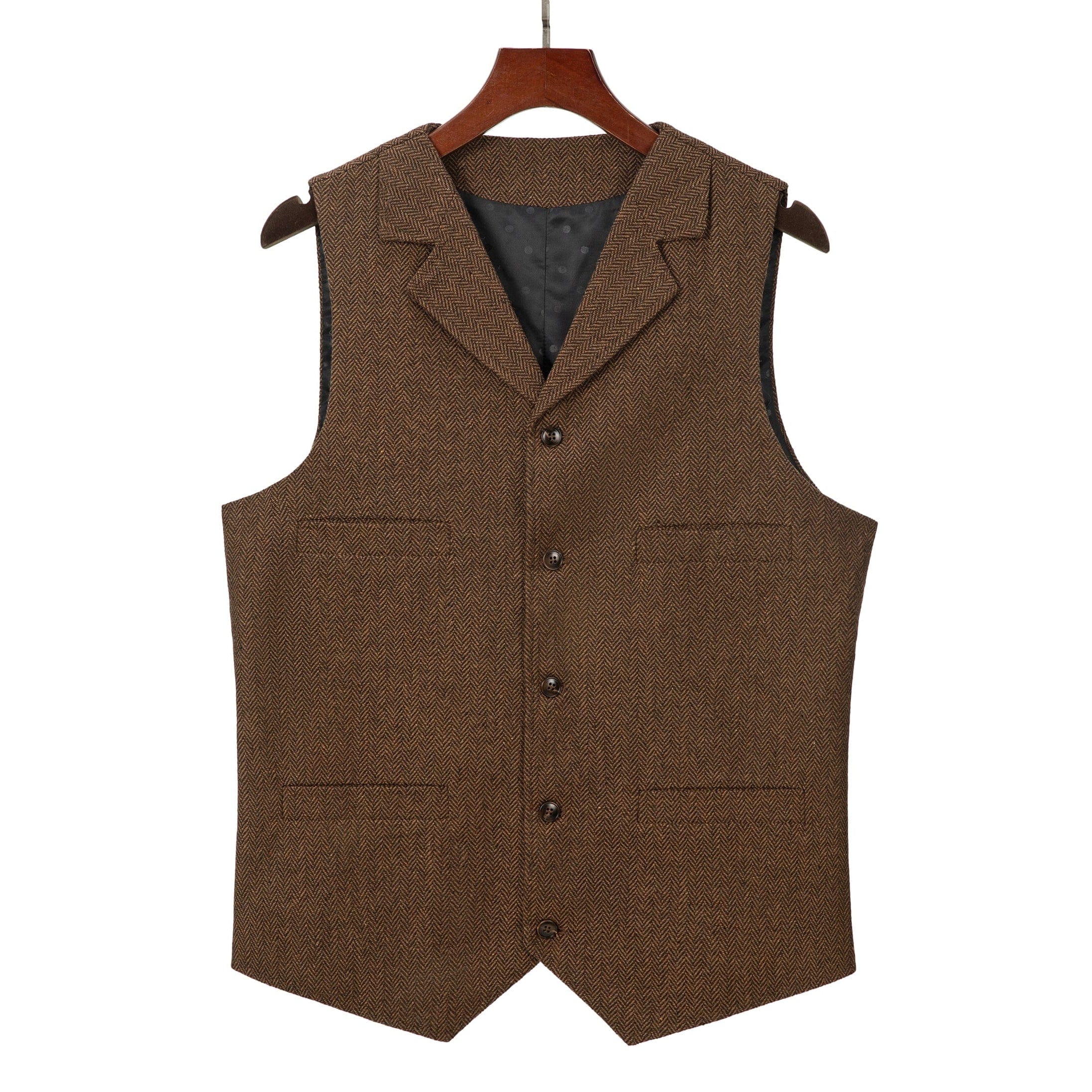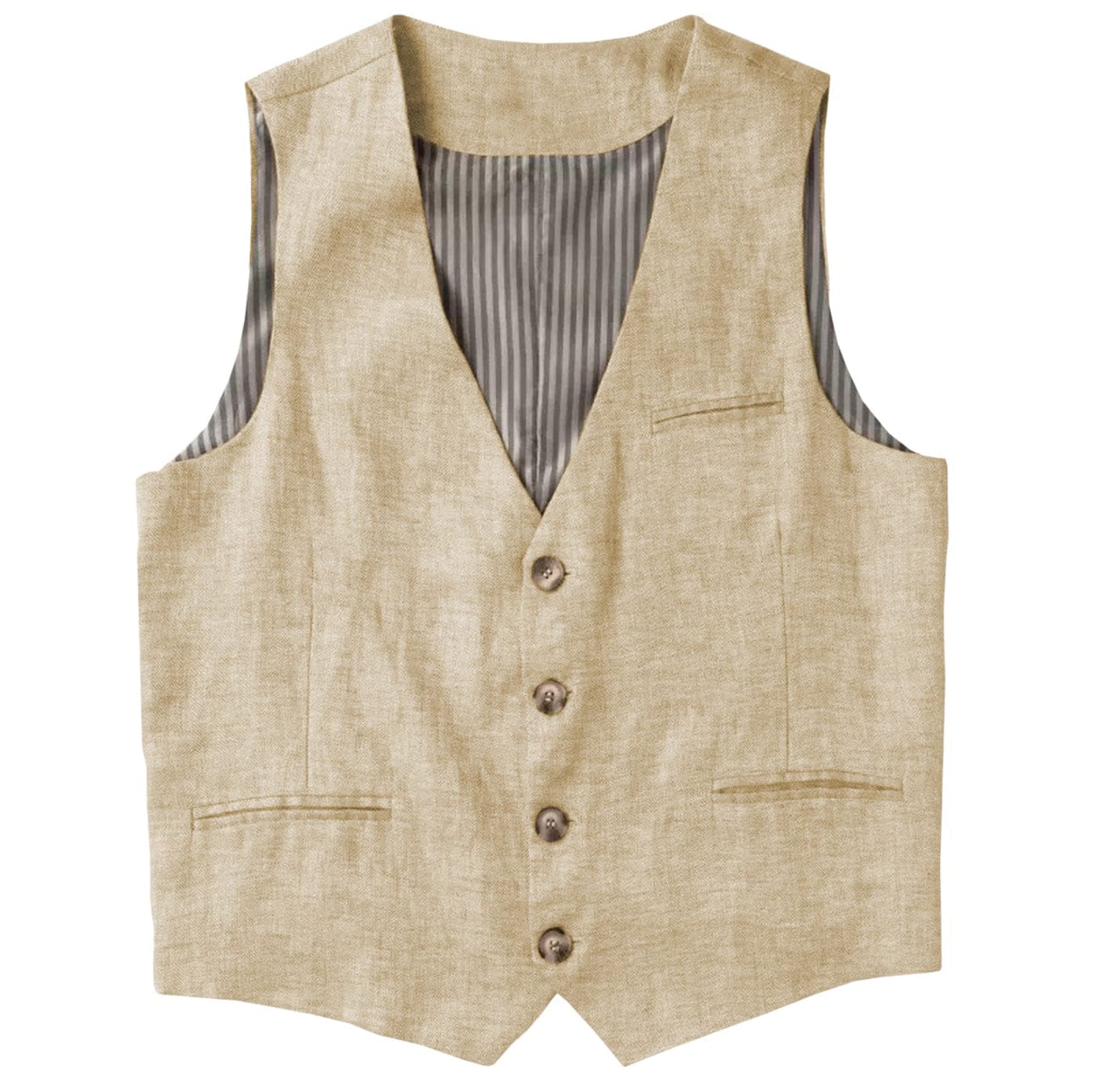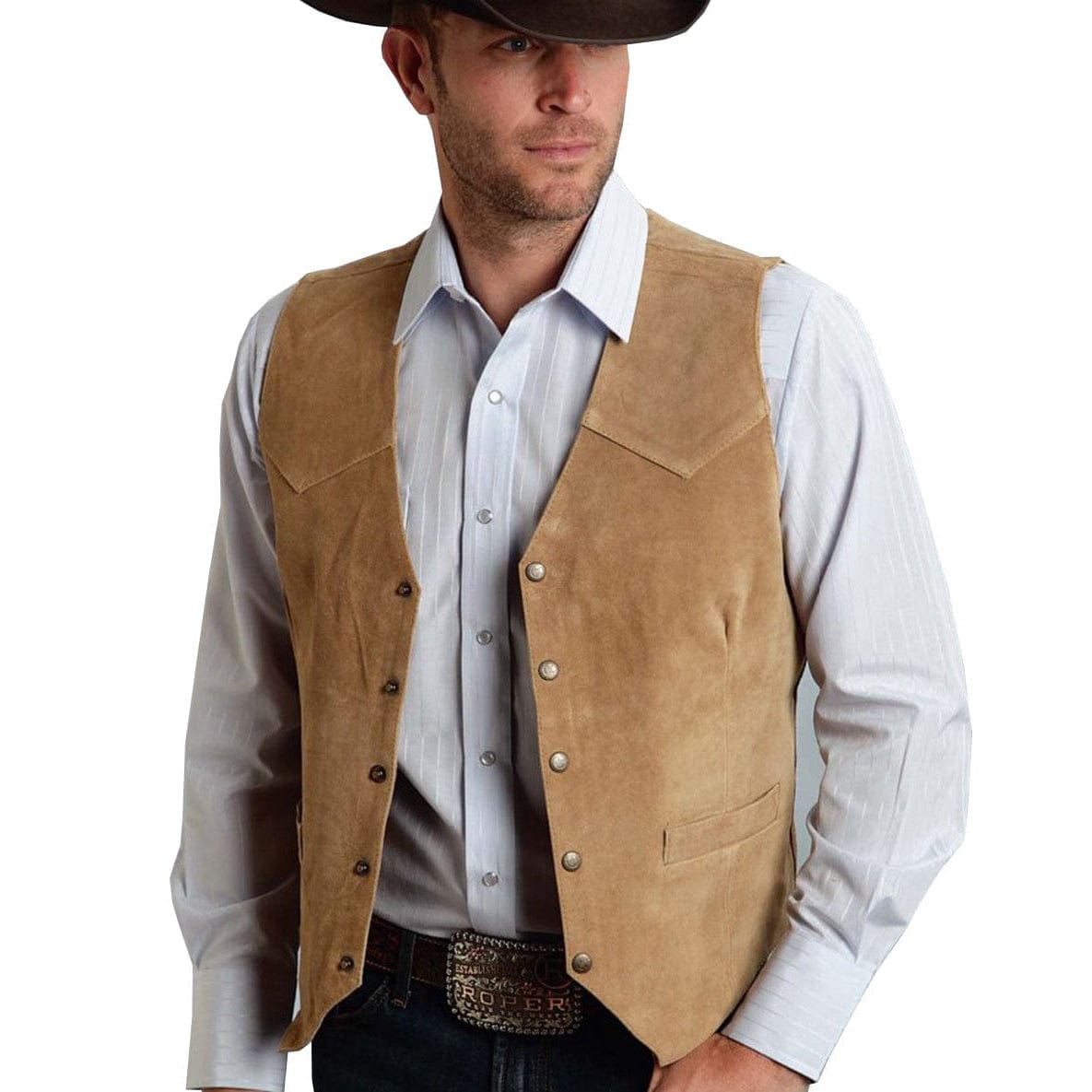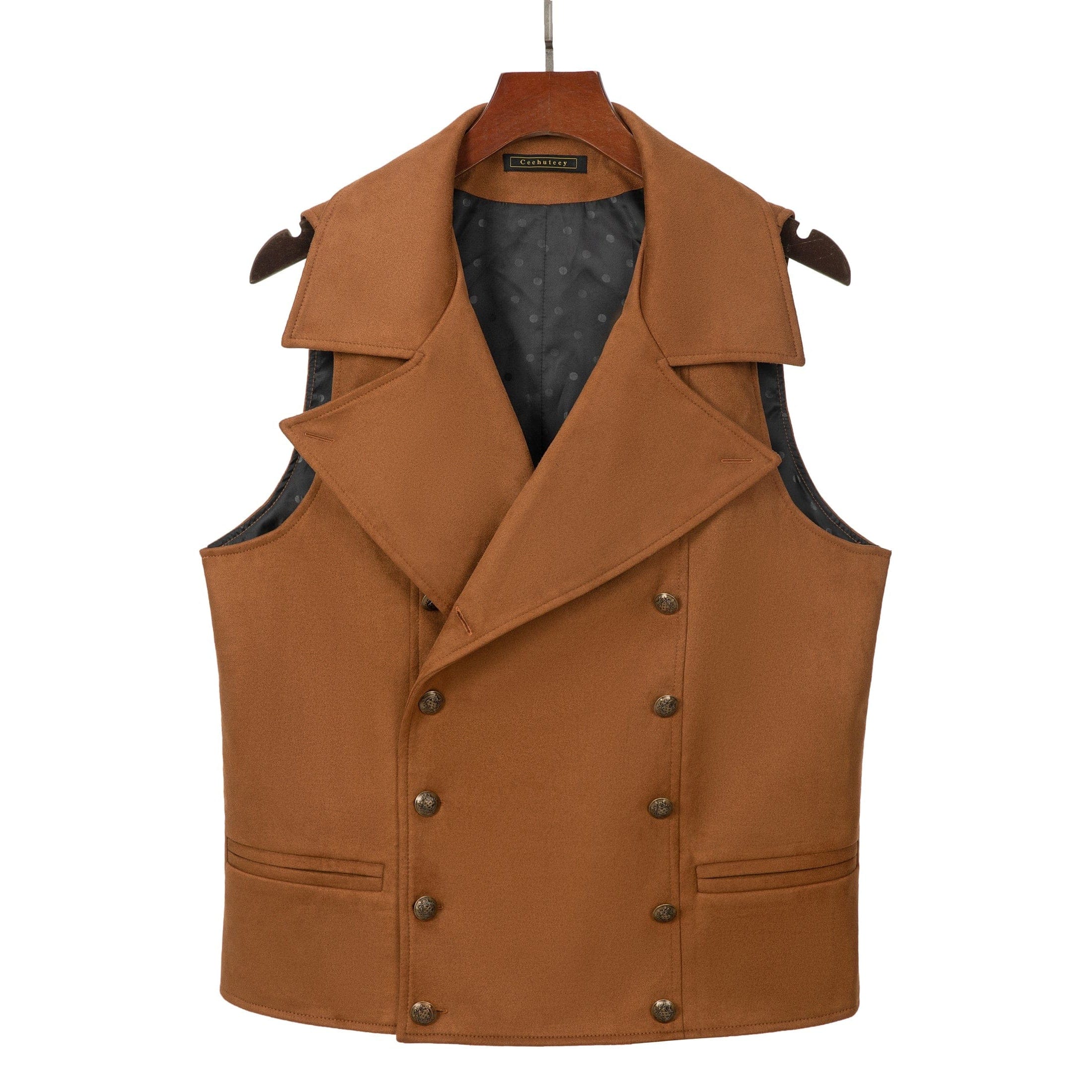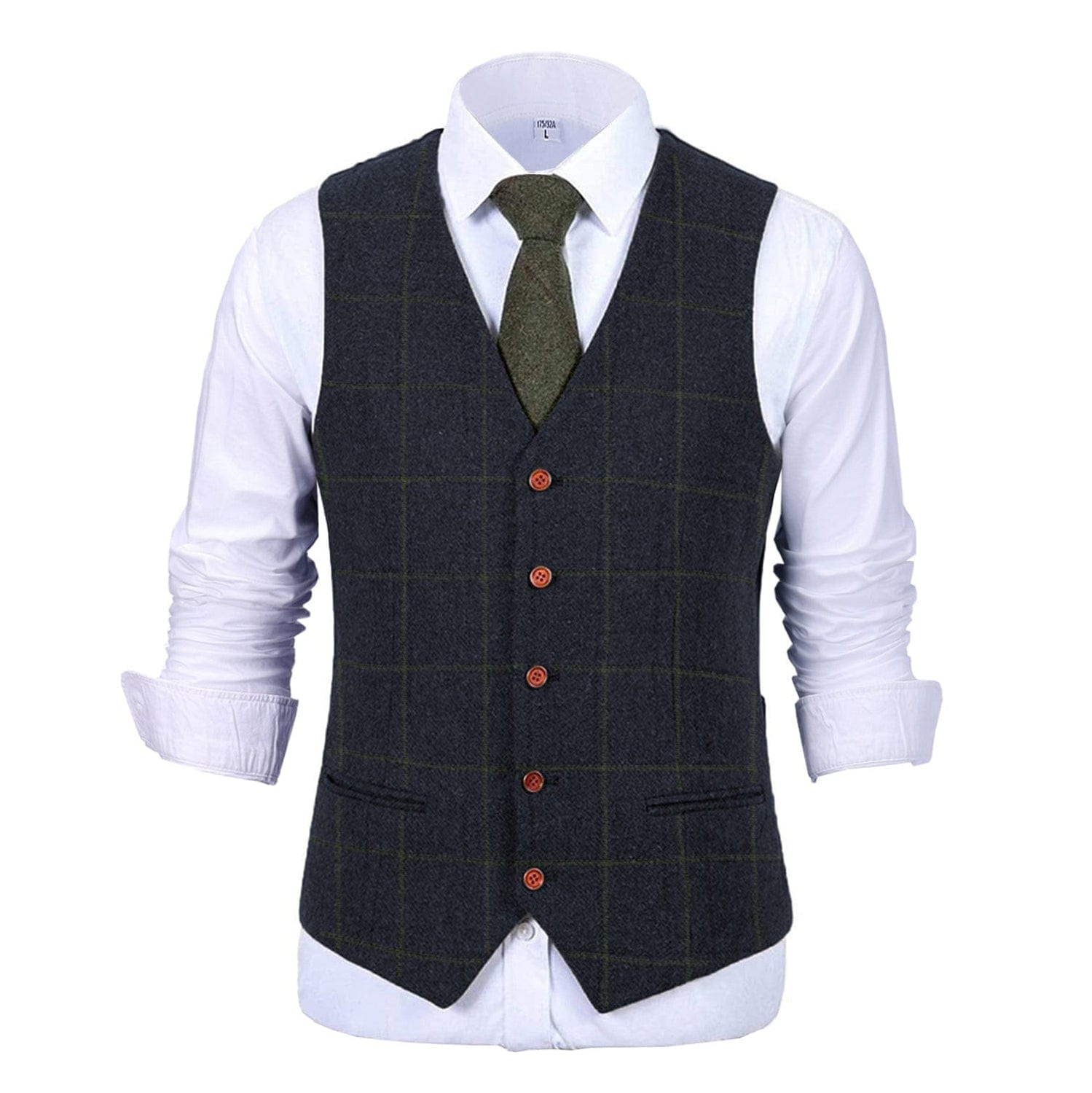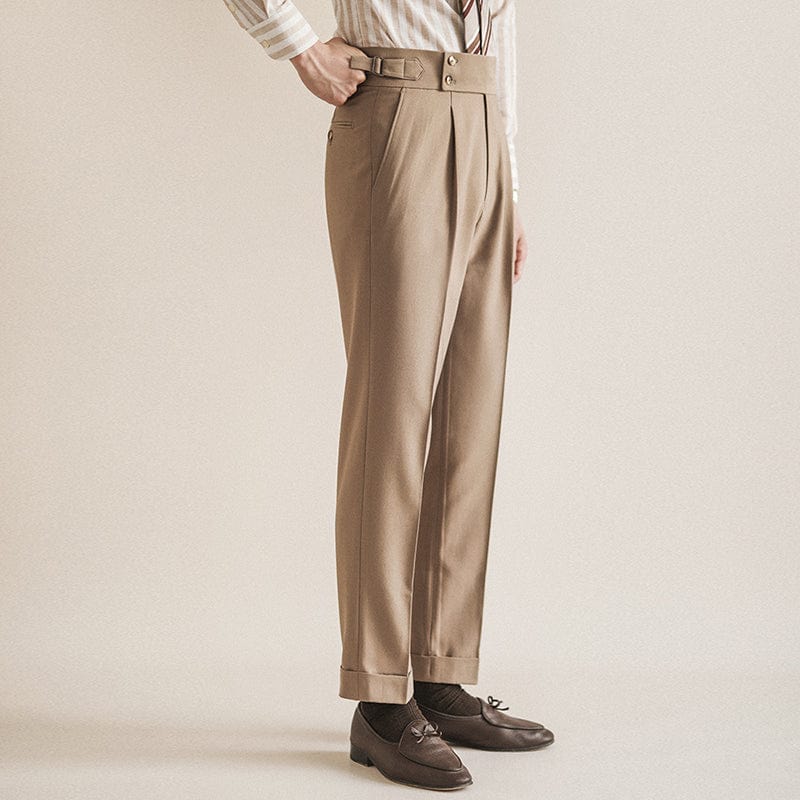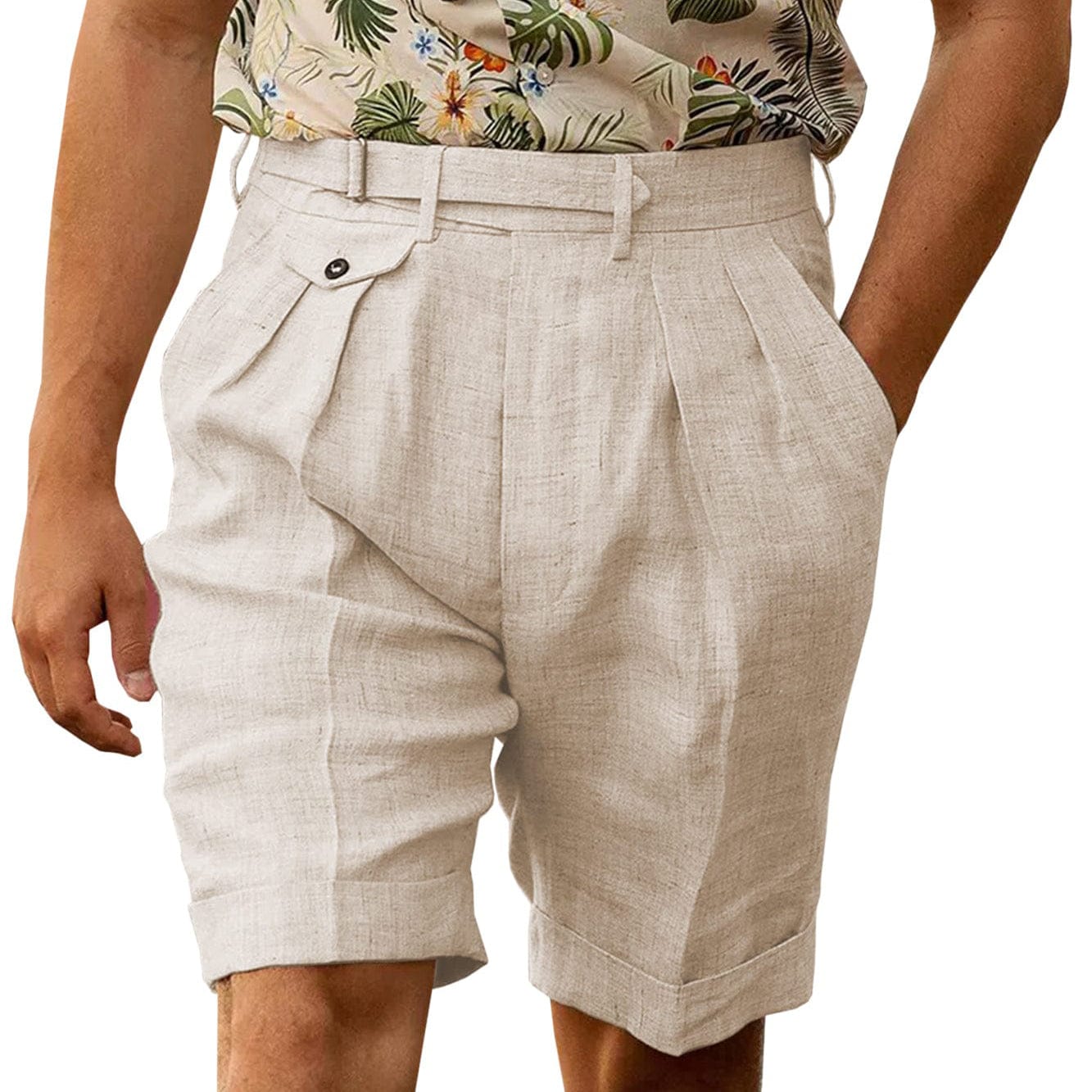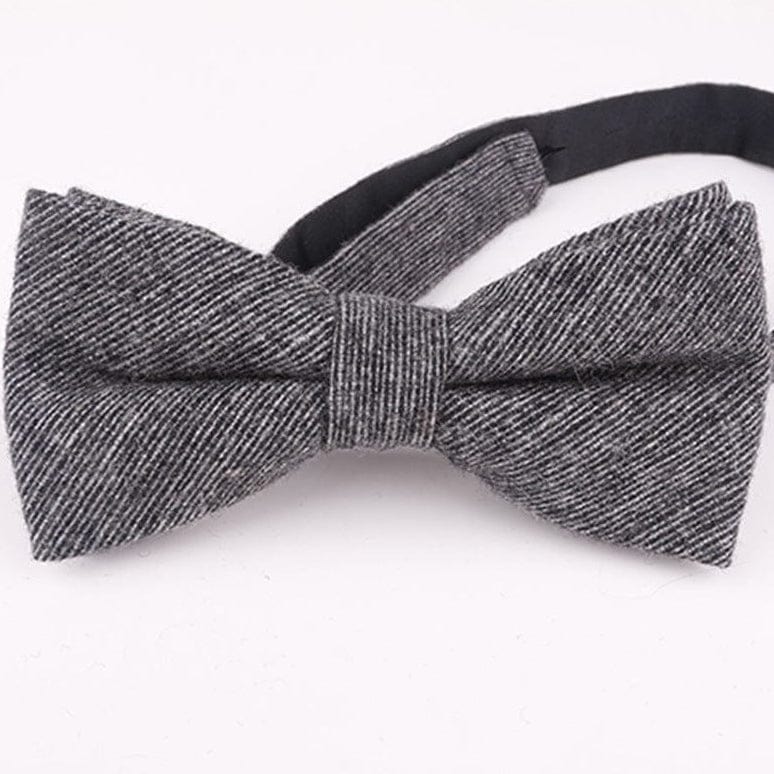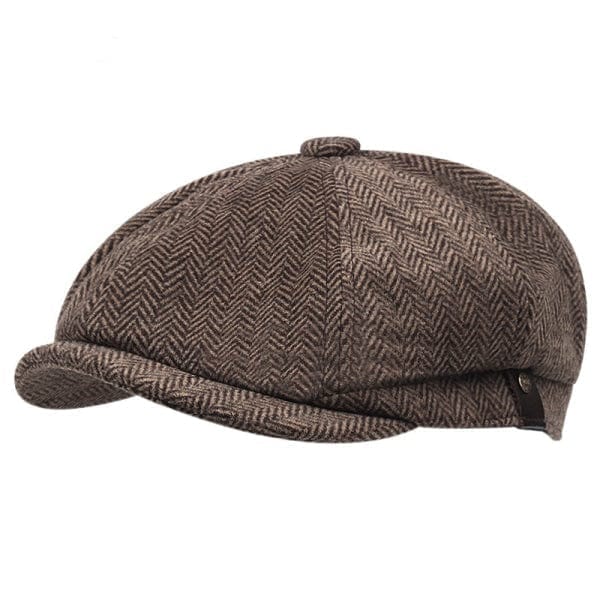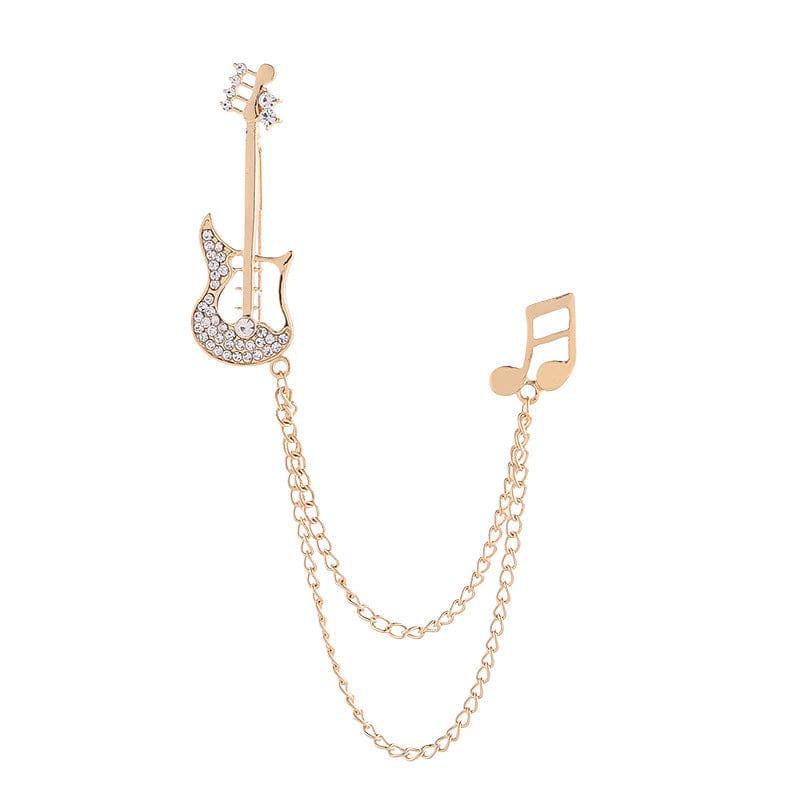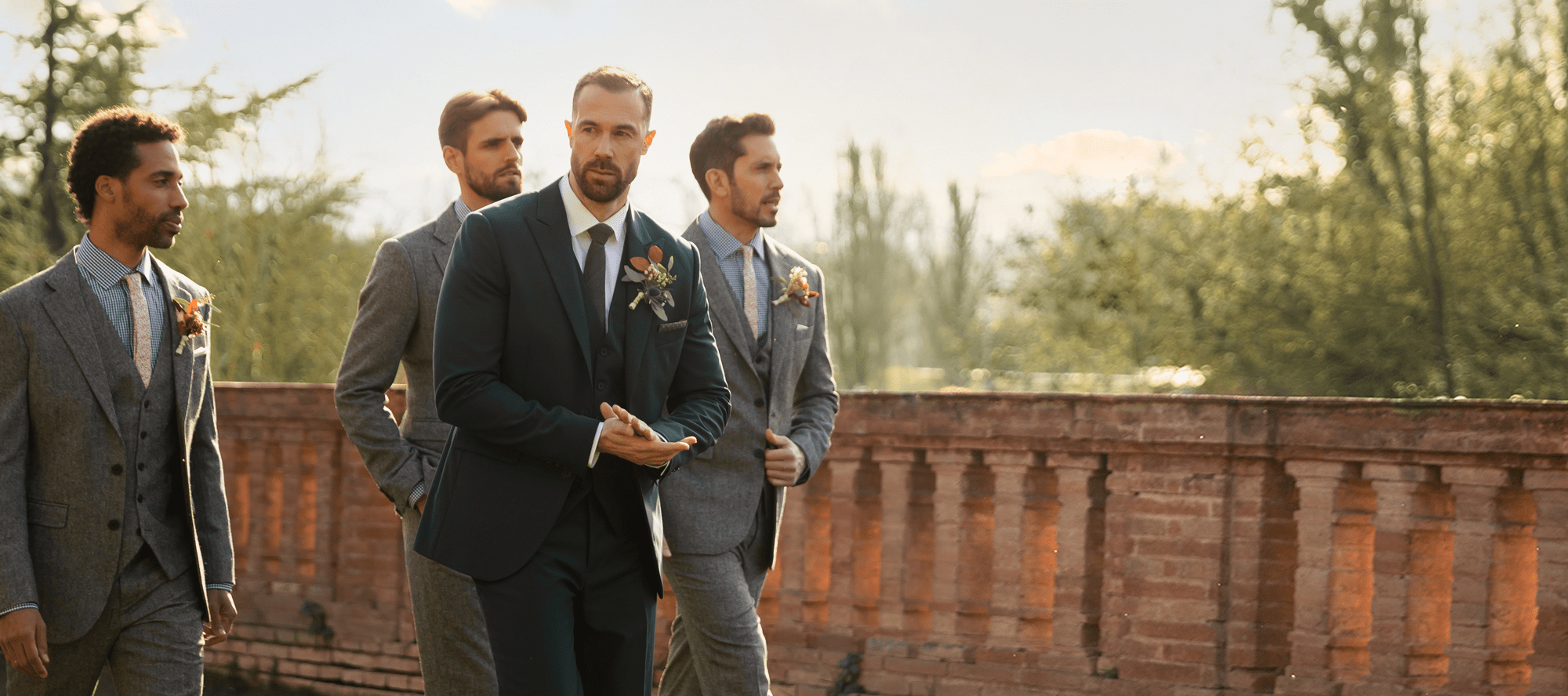Overview
This blog provides a comprehensive guide on tailoring your own suit, covering key components, fabric choices, accurate measurements, popular styles, finding a custom tailor, and finalizing the tailoring experience. It empowers readers to create a personalized suit that reflects their style and boosts confidence.
Frequently Asked Questions
1. What are the main components of a suit?
2. What types of fabric are recommended for suits?
3. How do I take accurate measurements for a suit?
4. What are some popular suit styles?
5. How do I choose a reputable tailor for my suit?
Tailoring your own suit may seem like a daunting task, especially if you’re just starting out on your fashion journey. However, with the right knowledge and proper guidance, you can create a stunning tailored piece that reflects your style and personality. Whether you’re preparing for a wedding, a job interview, or simply wish to upgrade your wardrobe with some elegant mens suits, this guide is designed to empower you. Let’s delve into the essential aspects of tailoring your own suit, including choosing the right fabric, taking accurate measurements, and understanding the various styles available, such as mens dress suits and mens 3 piece suits.
Understanding Suit Components
Before diving into the tailoring process, it's crucial to understand the components of a suit. A well-constructed suit comprises several key elements:
- Jacket: The most visual part of a suit, it can be single or double-breasted and varies in lapel styles.
- Pants: Tailored trousers can follow classic or contemporary cuts, ranging from slim-fit to relaxed fits.
- Waistcoat: Often part of mens 3 piece suits, this adds formality and style to your overall look.
- Fabric: The choice of fabric is essential. Common options include wool, cotton, linen, and blended materials.
Choosing the Right Fabric
When it comes to creating your own formal suits for men, the fabric you choose will significantly impact the final look and feel of the suit. Here are some popular fabric choices and their characteristics:
Wool
Wool is a classic choice for suits due to its durability and versatility. It can be lightweight for summer suits or heavier for winter wear. Look for Merino wool for a softer finish.
Cotton
Cotton is great for more casual looks and summer suits as it’s breathable and comfortable. However, it does wrinkle more easily than other fabrics.
Linen
Linen is perfect for warm weather due to its lightweight and breathable nature. However, linen creases easily and may not provide that structured look you desire for formal events.
Blends
Fabric blends, such as wool-polyester mixes or cotton-linen mixes, can provide the best of both worlds—durability with comfort. These can often be a more affordable option for those searching for cheap suits.
Taking Accurate Measurements
Having correct measurements is crucial to ensure your tailoring venture is successful. Here’s how to measure yourself for a tailored suit:
Chest Measurement
Wrap the measuring tape around the fullest part of your chest, ensuring it’s level and snug without being too tight. This measurement will help determine the jacket size.
Waist Measurement
Measure at your natural waistline, usually just above the hips. This measurement is vital for your trousers and waistcoat.
Hip Measurement
Measure around the fullest part of your hips to ensure a proper fit for your pants.
Inseam Measurement
Measure from the top of your inner thigh down to your ankle. This provides the necessary length for your trousers.
Shoulder Width
Measure from the top of one shoulder to the other. This will help determine the fit and structure of your jacket.
Deciding on a Suit Style
Understanding different suit styles will help you choose the right one to tailor for yourself. Here are some popular choices:
Single-Breasted Suit
The single-breasted suit is a classic and versatile option suitable for almost any occasion. It features one row of buttons and a narrow overlap.
Double-Breasted Suit
The double-breasted suit exudes sophistication and is exceptional for formal occasions. It features two rows of buttons and provides a more structured silhouette.
Three-Piece Suit
As part of mens 3 piece suits, the three-piece suit includes a waistcoat that not only enhances the formal look but also provides versatility. You can wear the jacket and trousers separately for less formal occasions.
Tailored Fit
Tailored fit suits offer a modern, sharp look, hugging the body closely without being too tight. This option is great for men looking to look put-together yet comfortable.
Relaxed Fit
For those seeking comfort, a relaxed fit suit offers more room and ease of movement. While still looking polished, it provides a bit more freedom compared to tailored fits.
Finding Your Custom Tailor
Now that you understand the components, fabrics, measurements, and styles, it's time to find a reputable tailor. Look for someone with experience in suit tailoring, preferably someone who specializes in mens dress suits. Consider the following when selecting a tailor:
- Reviews: Check online reviews and testimonials to gauge the quality of their work.
- Portfolio: Ask to see examples of their previous work to ensure their style aligns with your vision.
- Communication: Choose a tailor who listens to your needs and provides valuable advice.
- Budget: Make sure their pricing fits within your budget, especially if you’re looking for cheap suits.
Finalizing Your Suit Tailoring Experience
Creating your tailored suit is an engaging journey that expresses your unique style. As you invest time and effort into this process, remember these key points:
- Choose your fabric wisely, considering the event type and weather.
- Take accurate measurements to ensure a perfect fit.
- Understand the suit styles available and select the one that aligns with your personality.
- Find a tailor who has a good reputation and communication style that suits you.
- Be patient, as tailoring may involve multiple fittings to achieve the perfect look.
Step Up Your Style Game!
By investing your time in tailoring your own suit, you gain more than just a clothing item; you create a personal statement. From mens suits to mens dress suits, the options are limitless when you take control of the tailoring process. A tailored suit enhances your confidence and allows you to make a memorable impression. Remember, every stitch is a step toward showcasing your style—so gear up to embark on this rewarding journey!


